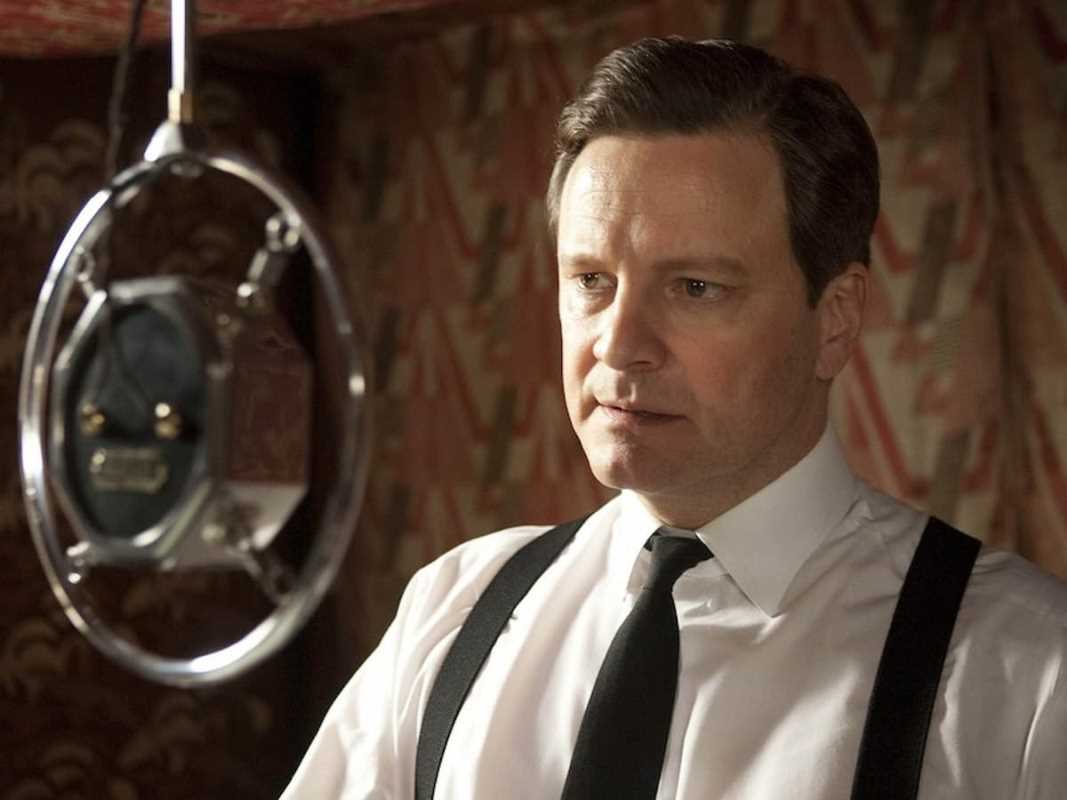Movies have the remarkable ability to transport viewers into different worlds and immerse them in captivating stories. Over the years, several groundbreaking films have pushed the boundaries of traditional genres and paved the way for new and innovative storytelling techniques. From blending genres to creating entirely new cinematic experiences, these movies have left an indelible mark on the film industry. Let's explore how these pioneering films have shaped the landscape of cinema and inspired future generations of filmmakers.
"Citizen Kane" (1941): The Birth of Modern Cinema
Released in 1941 and directed by Orson Welles, Citizen Kane is often hailed as one of the greatest films of all time. The movie revolutionized the way stories were told on screen through its innovative narrative structure and use of deep focus cinematography. Welles, who was only 25 at the time, brought a fresh perspective to filmmaking, challenging the conventions of Hollywood.
Citizen Kane broke away from conventional linear storytelling by employing flashbacks and non-linear editing techniques to explore the complex character of Charles Foster Kane, a media tycoon whose life is pieced together through the recollections of those who knew him. This fragmented narrative structure was groundbreaking for its time, allowing the audience to see the story from multiple perspectives and creating a richer, more nuanced character study.
One of the most significant contributions of Citizen Kane was its pioneering use of deep focus cinematography, where everything in the frame, from the foreground to the background, remains in sharp focus. This technique, masterfully executed by cinematographer Gregg Toland, allowed Welles to compose intricate scenes with multiple layers of action, adding depth to the storytelling. The film's visual innovation, combined with its complex narrative, set a new standard for storytelling in cinema and has influenced countless directors since its release.
"The Matrix" (1999): Redefining the Action Genre
When The Matrix hit theaters in 1999, it introduced audiences to a mind-bending mix of science fiction, martial arts, and philosophical themes. Directed by the Wachowskis, the movie redefined the action genre with its groundbreaking visual effects, including the iconic "bullet time" technique, which allowed the camera to move around a slowed-down action sequence, giving viewers a 360-degree view of the action.
The Matrix was not just a visual spectacle; it also immersed viewers in a dystopian world where humans were unknowingly trapped in a simulated reality, blurring the lines between perception and reality. The film’s innovative approach to storytelling, combined with its philosophical undertones exploring themes of free will, reality, and human existence, resonated deeply with audiences.
The influence of The Matrix on the action genre and popular culture is undeniable. The film's innovative action sequences, which combined traditional martial arts choreography with cutting-edge visual effects, set a new benchmark for sci-fi films. Its success paved the way for a new era of action movies that emphasized style, technology, and thematic depth. The film’s legacy continues to inspire filmmakers to push the boundaries of what is possible in cinema.
"Get Out" (2017): A New Wave of Socially Conscious Horror
Jordan Peele's directorial debut, Get Out, took the horror genre by storm when it was released in 2017. The film skillfully blended elements of horror, comedy, and social commentary to create a thought-provoking and chilling cinematic experience. Peele, previously known for his work in comedy, brought a fresh and bold perspective to horror, using the genre to explore deep-seated issues of race and identity in America.
Get Out tells the story of Chris, a young Black man who uncovers a terrifying secret while visiting his white girlfriend's family. The film uses horror to expose the insidious nature of racism, exploring themes of exploitation, appropriation, and the dangers of liberal hypocrisy. By subverting traditional horror tropes and placing a Black protagonist at the center of the narrative, Peele challenged the genre's conventions and opened the door for more diverse storytelling in horror.
The film's critical and commercial success solidified Peele as a visionary filmmaker and ushered in a new era of socially conscious horror films. Get Out not only entertained audiences but also sparked important conversations about race, privilege, and the lingering effects of systemic racism. Its impact on the horror genre is evident in the rise of films that address social issues through a horror lens, demonstrating that the genre can be both terrifying and intellectually engaging.
"Avatar" (2009): The Revolution of 3D and Visual Effects
James Cameron's Avatar, released in 2009, revolutionized the world of filmmaking with its groundbreaking use of 3D technology and motion capture performance. The movie transported viewers to the lush and immersive world of Pandora, showcasing the possibilities of visual storytelling in ways previously unimaginable. Cameron, known for pushing the technological boundaries of cinema, spent years developing the technology needed to bring his vision to life.
Avatar was a technical marvel, utilizing advanced 3D cameras and motion capture techniques to create a fully realized alien world. The film’s success helped popularize 3D filmmaking, leading to a wave of 3D releases in the following years. However, Avatar was more than just a technological achievement; it also highlighted environmental themes and the consequences of human greed. The story, which centers on the conflict between the indigenous Na'vi people and human colonizers seeking to exploit Pandora's resources, resonated with audiences around the world.
The film's immense success, both critically and commercially, paved the way for a resurgence of 3D filmmaking and inspired a new wave of immersive cinematic experiences. Avatar remains one of the highest-grossing films of all time, and its influence on the film industry can still be felt today, as filmmakers continue to explore new ways to enhance the audience's visual experience.
"Inception" (2010): The Dream Within a Dream
Christopher Nolan's Inception, released in 2010, challenged audiences with its complex narrative structure and mind-bending premise. The film delved into the concept of dreams within dreams, blurring the lines between reality and imagination. Nolan, known for his intricate plots and cerebral themes, created a film that demanded the audience's full attention and rewarded those who were willing to engage with its layered narrative.
Inception follows Dom Cobb, a skilled thief who enters the dreams of others to steal their secrets. The film's central conceit—dreams within dreams—allowed Nolan to explore the nature of reality and the power of the subconscious mind. The film's stunning visual effects, including the famous scene where a cityscape folds in on itself, were matched by its intricate plot, which kept audiences guessing until the very end.
The film’s ambitious scope and innovative approach to narrative cemented Nolan's reputation as a visionary director and solidified Inception as a modern classic in cinematic history. The film's influence can be seen in the rise of intellectually challenging blockbusters that combine mind-bending concepts with mainstream appeal. Inception demonstrated that audiences are willing to embrace complexity and ambiguity in their entertainment, paving the way for more sophisticated storytelling in big-budget films.
Breaking Boundaries and Inspiring Innovation
These pioneering films have not only entertained audiences but also pushed the boundaries of traditional genres, redefining what is possible in filmmaking. By breaking new ground and exploring innovative storytelling techniques, these movies have inspired future generations of filmmakers to think outside the box and continue to push the boundaries of cinema.
Each of these films represents a turning point in the history of cinema, challenging the status quo and setting new standards for what movies can achieve. Citizen Kane redefined narrative structure and cinematography, The Matrix revolutionized action films with its groundbreaking visual effects, Get Out brought social commentary to the forefront of horror, Avatar pushed the limits of 3D technology and environmental storytelling, and Inception showed that complex, intellectual concepts could thrive in blockbuster cinema.
As we look to the future of filmmaking, it’s clear that the legacy of these films will continue to influence and inspire. Visionary directors and storytellers will build on the foundations laid by these groundbreaking works, exploring new genres, technologies, and narrative techniques that will captivate audiences and push the medium of film even further.
In the rapidly evolving landscape of cinema, one thing remains certain: the art of filmmaking will continue to innovate, surprise, and inspire. As filmmakers continue to explore new ways to tell stories, audiences can look forward to experiencing the next wave of pioneering films that will redefine what movies can be.
(Image via Adobe)
 (Image via
(Image via





